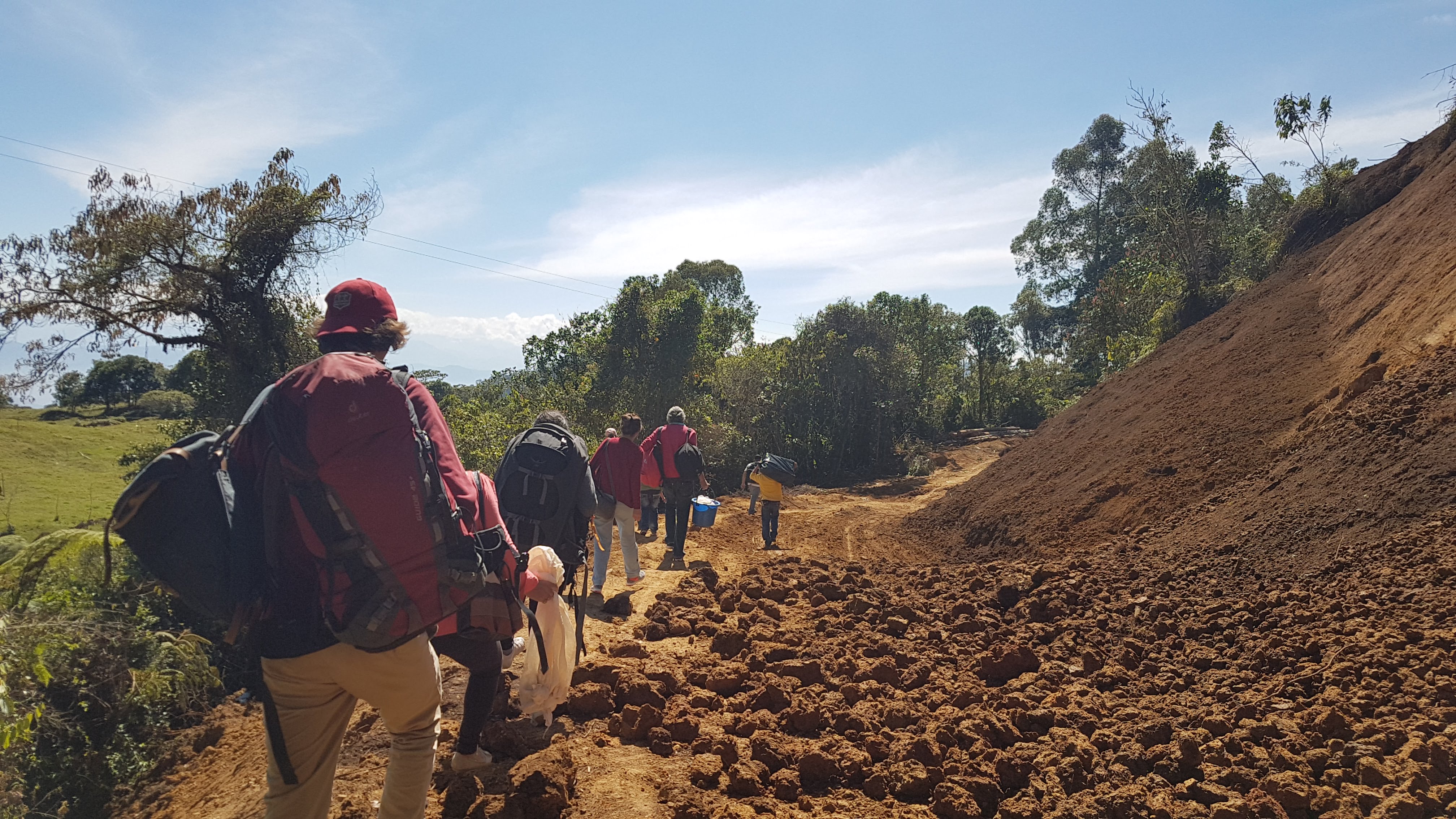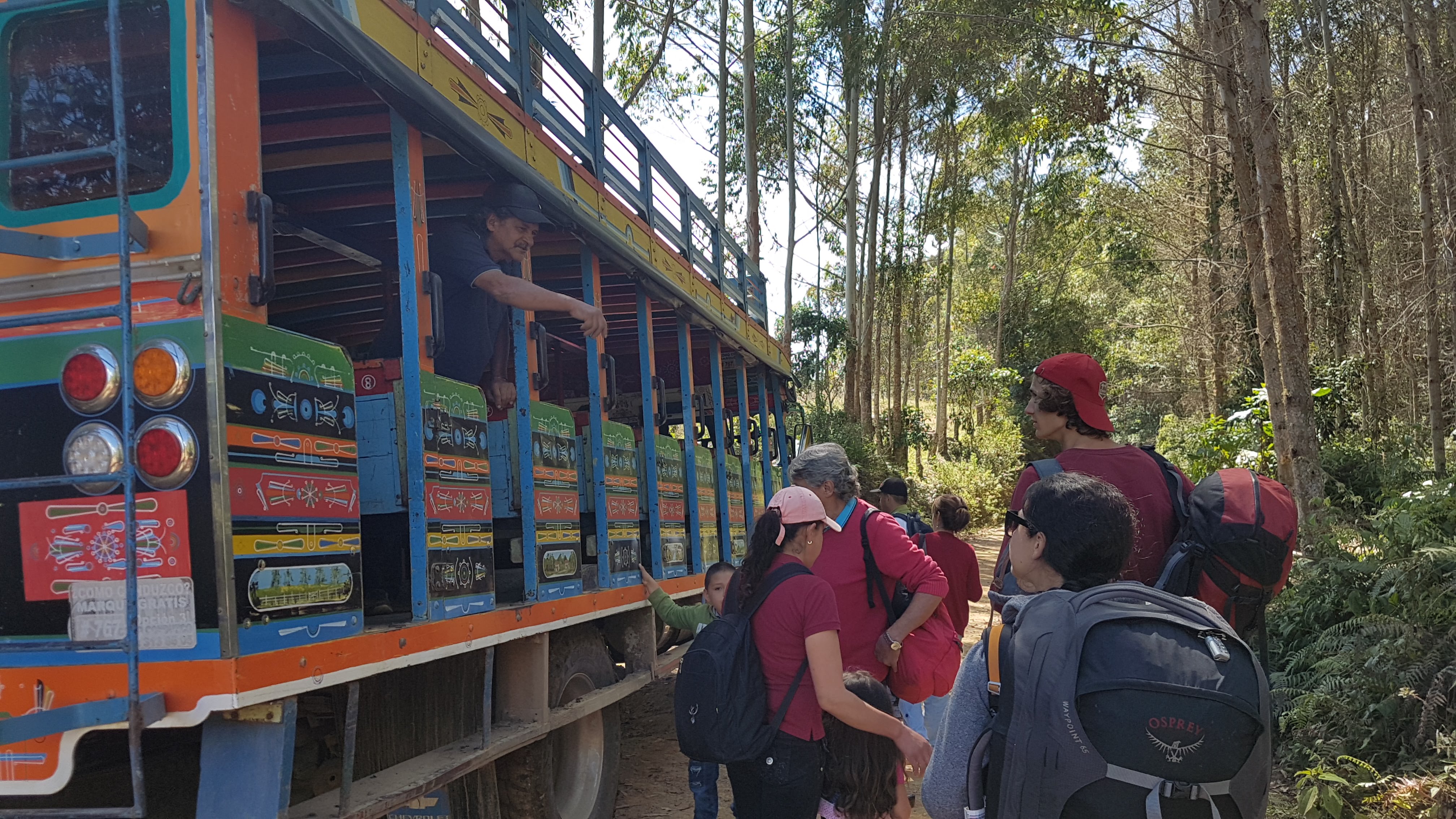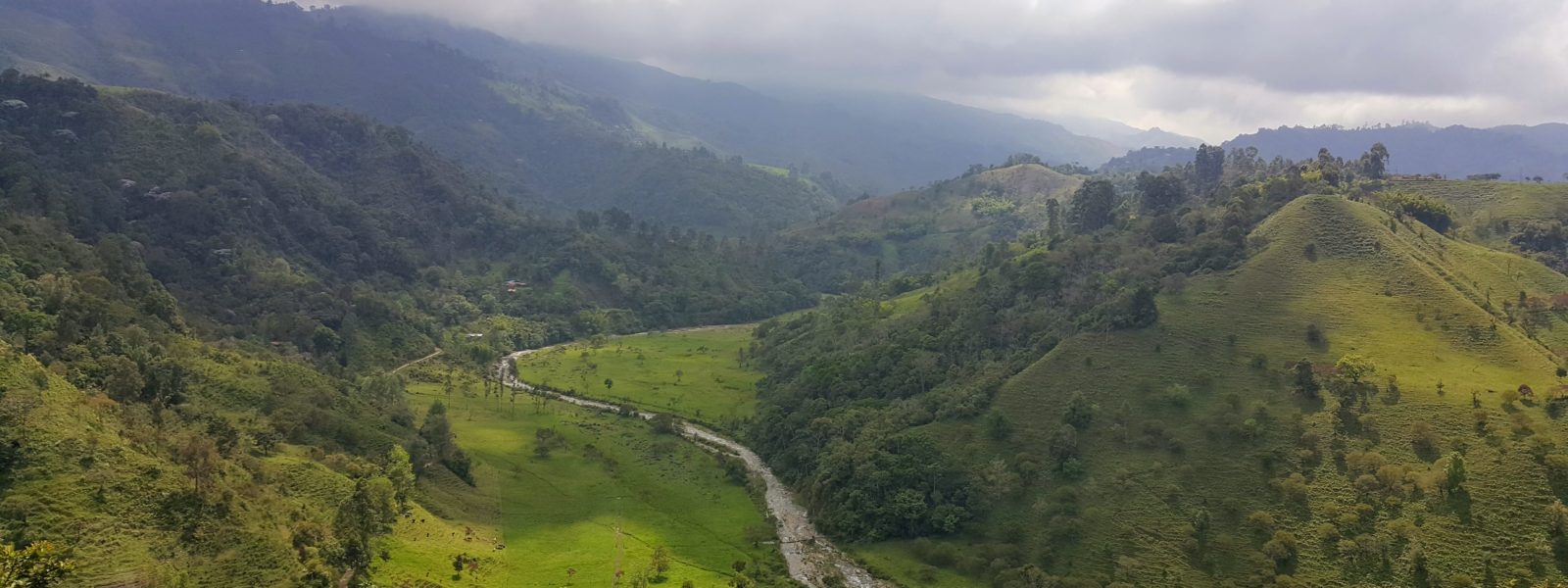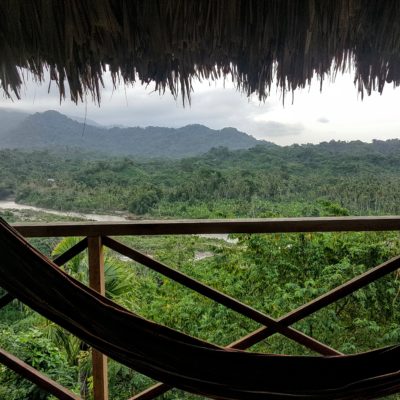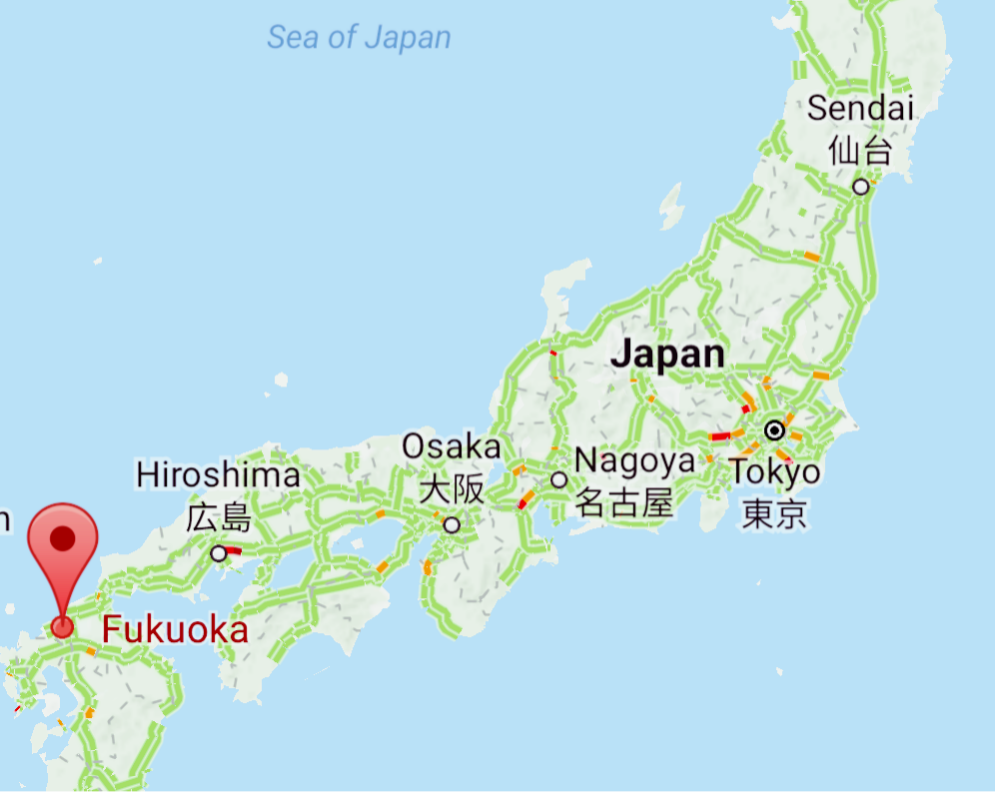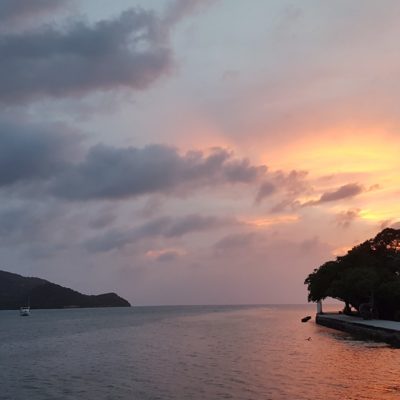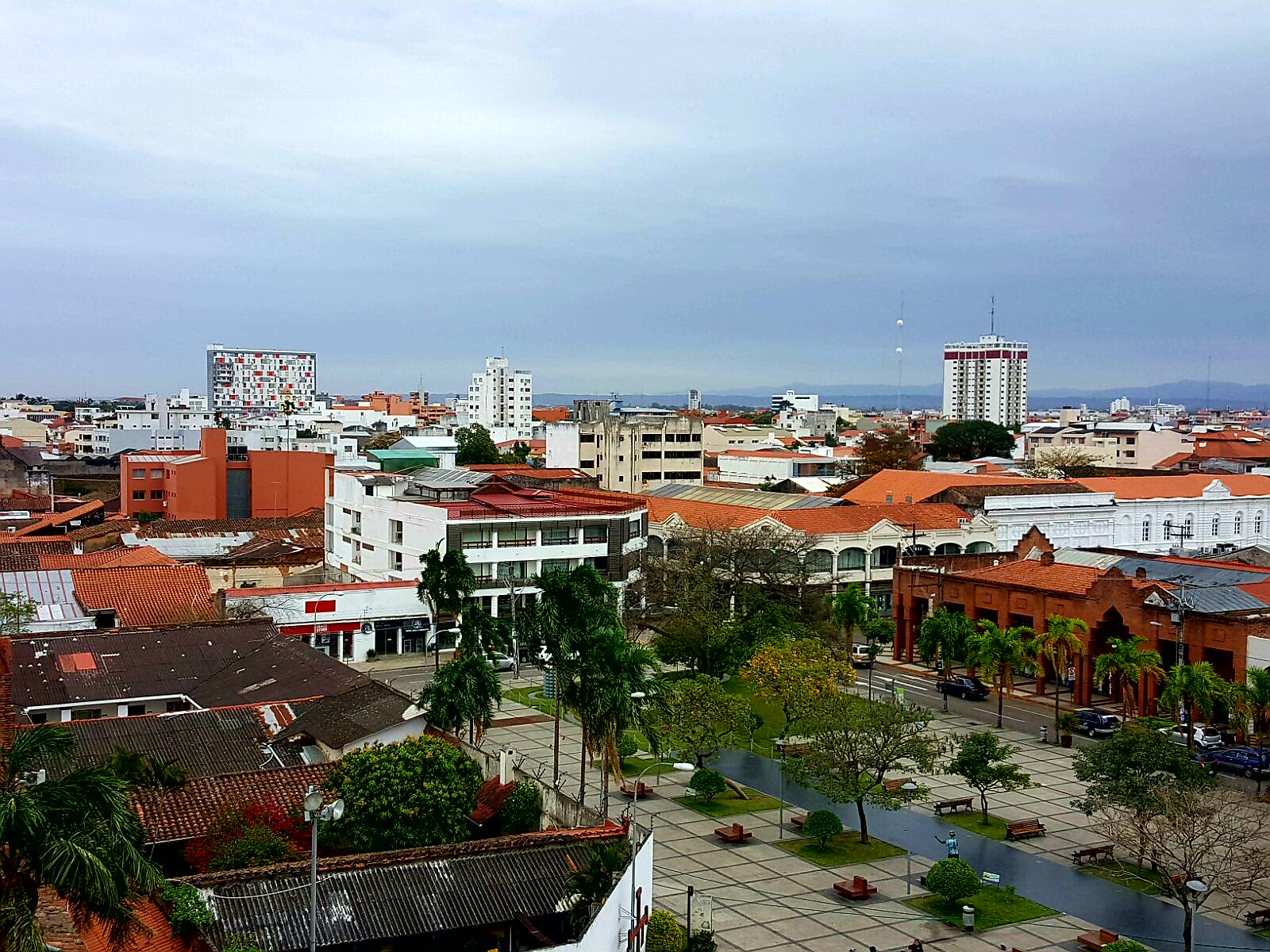Salento is part of Colombia’s zona cafetera (coffee zone), also known as the coffee triangle. So (obviously) there are coffee plantations but there is also beautiful scenery, the nearby Cocora Valley and a bustling little town. Although small in size, Salento is definitely a big tourist draw!
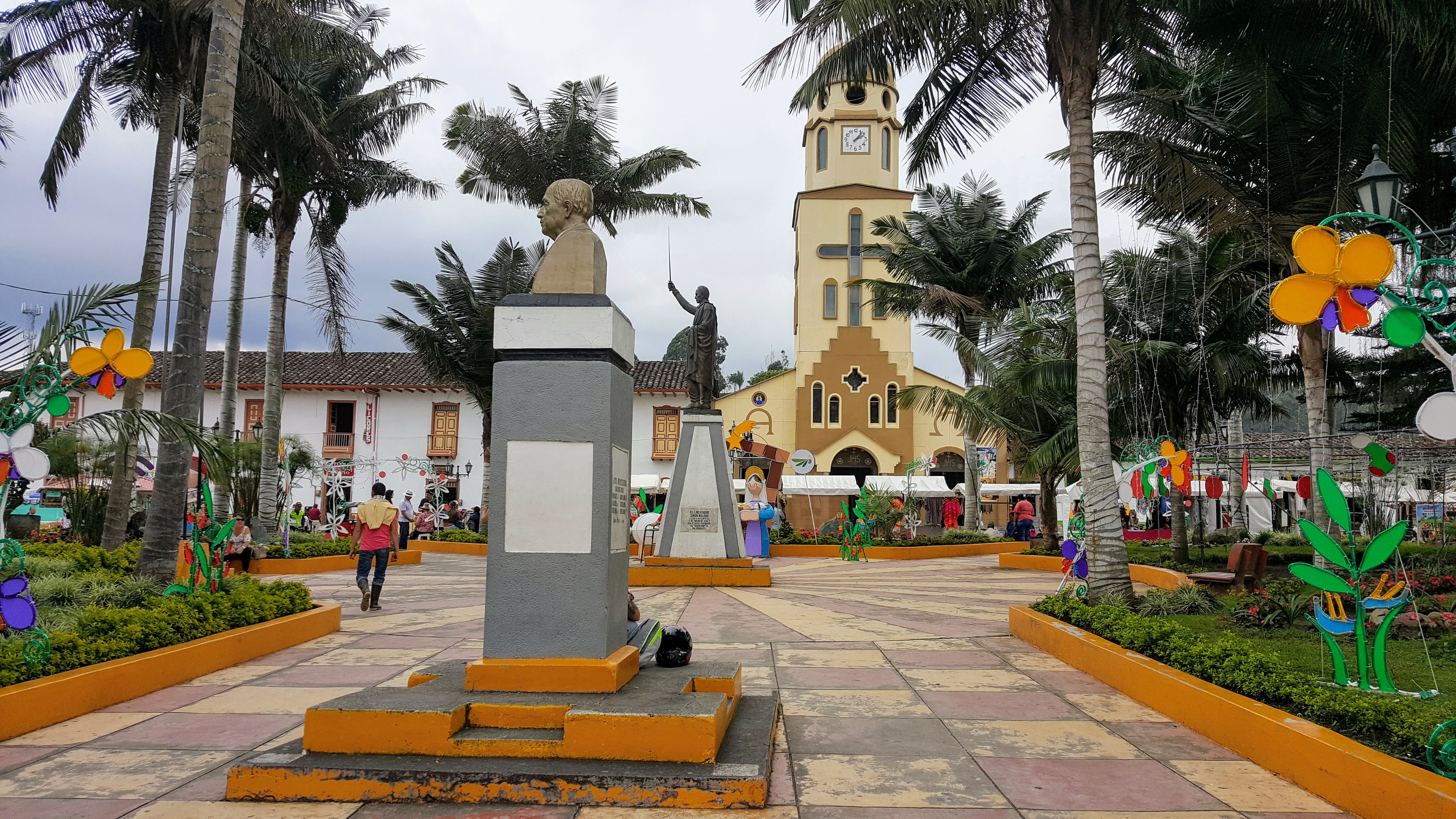
Things to Do & See
1. Learn about Coffee. Salento has a number of fincas (farms) which you can visit to learn about the coffee growing and making process and to sample some local brew. The fincas are located about a 45 minute easy walk from the centre of town, although if you are feeling lazy you can also grab a “Willy” – a taxi jeep that you can just flag down. In our case it was more like 15 – 20 minutes walk as we stayed half way between the town and the farms.
There are a few fincas which you can visit and we randomly chose Finca Don Elias, a small organic farm where we got the honour to briefly meet Don Elias himself (at least I think it was him, if not we met another well dressed charming old man). The visit included an educational stroll through the coffee plants where we learnt about the planting and growing process. Being an organic farm other plants are planted amongst the coffee to attract the bugs away from the beans – much better than using chemicals! Once ripe the beans are then picked by hand and dried. The walk was followed by some hands on experience with the old school coffee separating, peeling and grinding machines. Our tour guide was friendly and knowledgeable and at the end brewed us some delicious coffee.
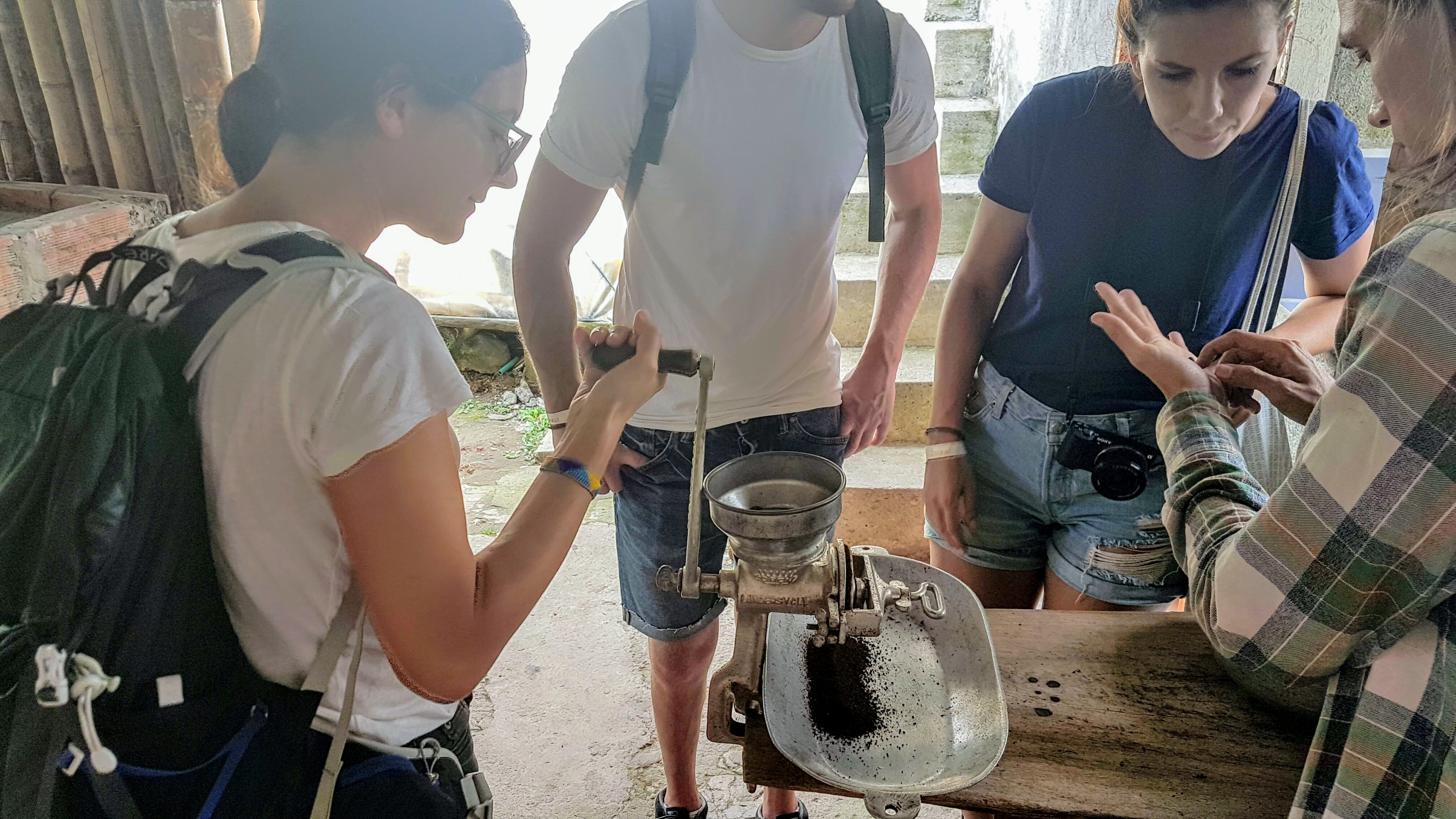
Interestingly, Colombia exports most of its higher grade beans with the locals drinking the lower grade stuff which is often mixed with milk and a lot of sugar and thus does not resemble the great coffee Colombia is renowned for. This means that finding good coffee to drink in Colombia is not an easy task. Luckily, this is slowly changing with more and more coffee shops serving espressos and flat whites popping up, especially in cities like Medellin and Bogota. Salento itself has a few good cafes but we didn’t get to check them out, instead opting to have the free coffee offered at our hostel which was actually pretty good
2. Play Tejo. Tejo is a local game involving gun power, metal discs and beer – well the beer is optional but makes it a lot more fun! I first read about the game when we just started planning our trip and was super excited to learn that there was a Tejo bar in Salento. The aim of the game is to hit the small parcels of gun power (which are placed on a bed of clay/mud) with the metal disc. Hitting the parcel of gun powder results in a mini explosion. Sounds totally safe right?!
We headed to a bar, called Los Amigos, with some new Dutch friends whom we met at our coffee tour and spent a rainy afternoon playing and probably drinking way too much. Despite us throwing the discs from a ‘tourist distance’ of around eight to 10 meters rather than the usual distance of 20 or so meters it was pretty difficult. We totally sucked but it was still so much fun – we ended up spending hours at the bar. Definitely a MUST when in Colombia!
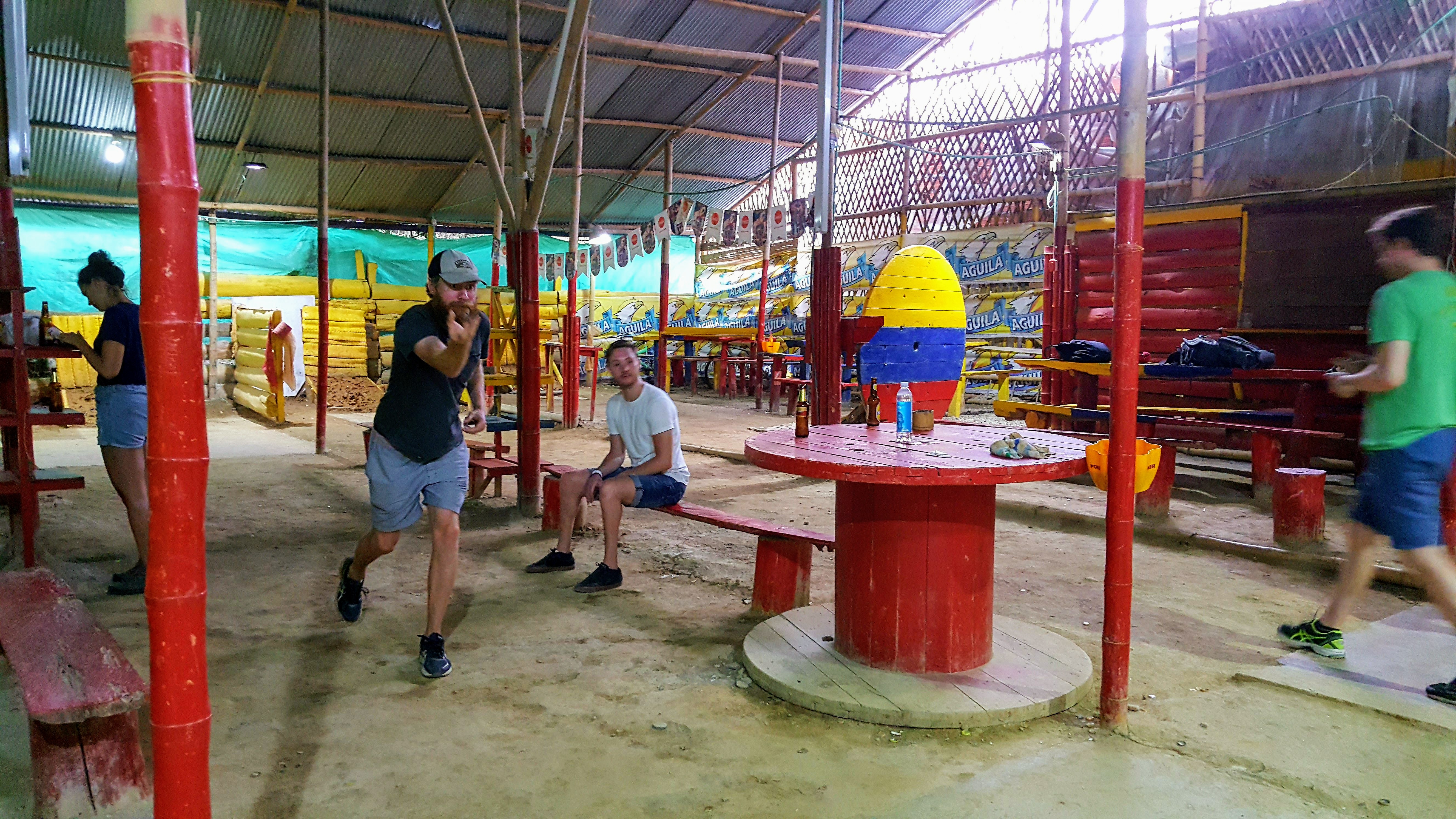
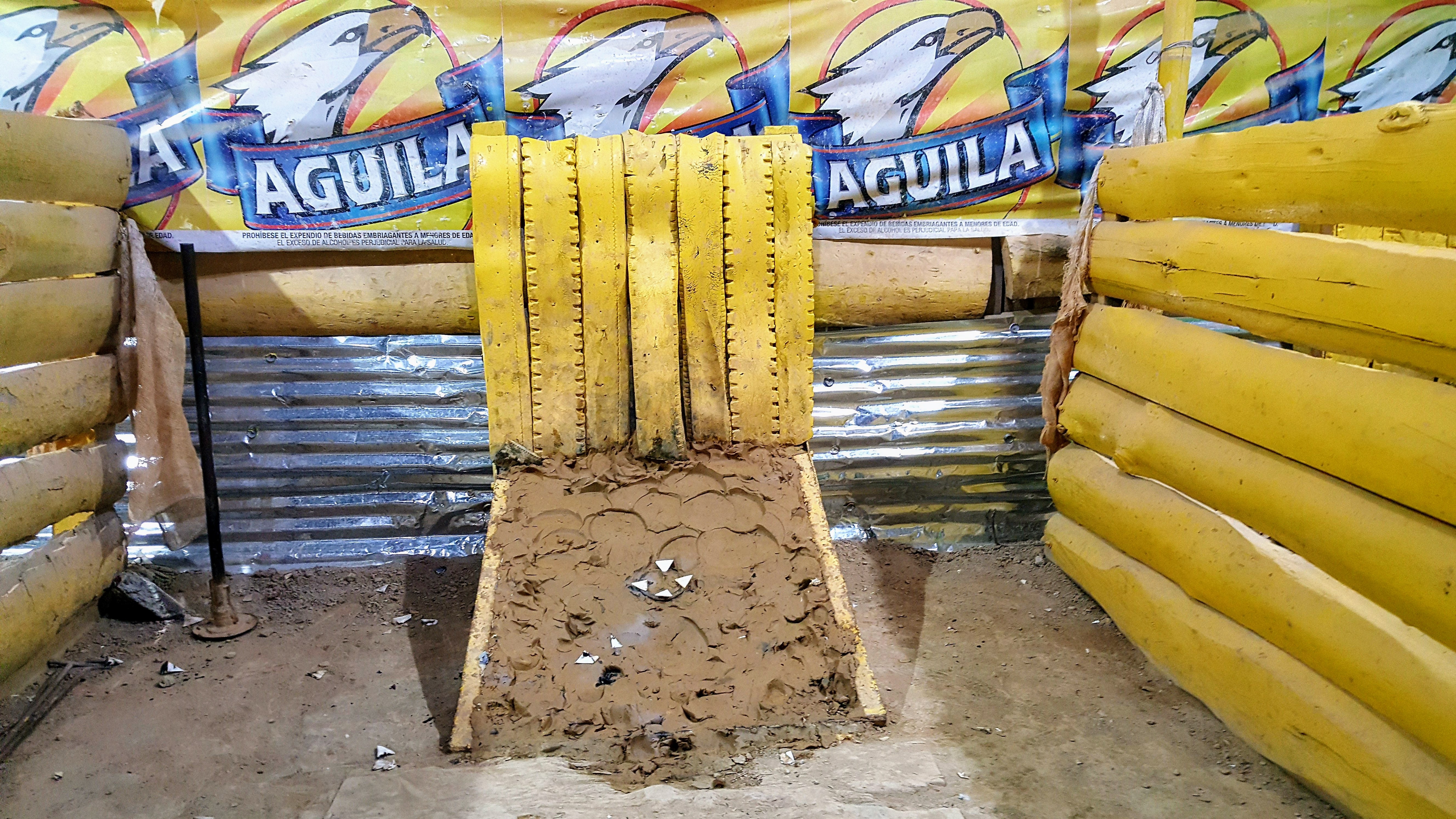
3. Visit the Cocora Valley and see the famous wax palm trees. Cocora Valley is located about a half an hour drive from town. Each morning Willys full of tourists leave from the main square to head to the valley where you can see the tallest palm trees in the world – these beauties can grow up to 60 meters tall.
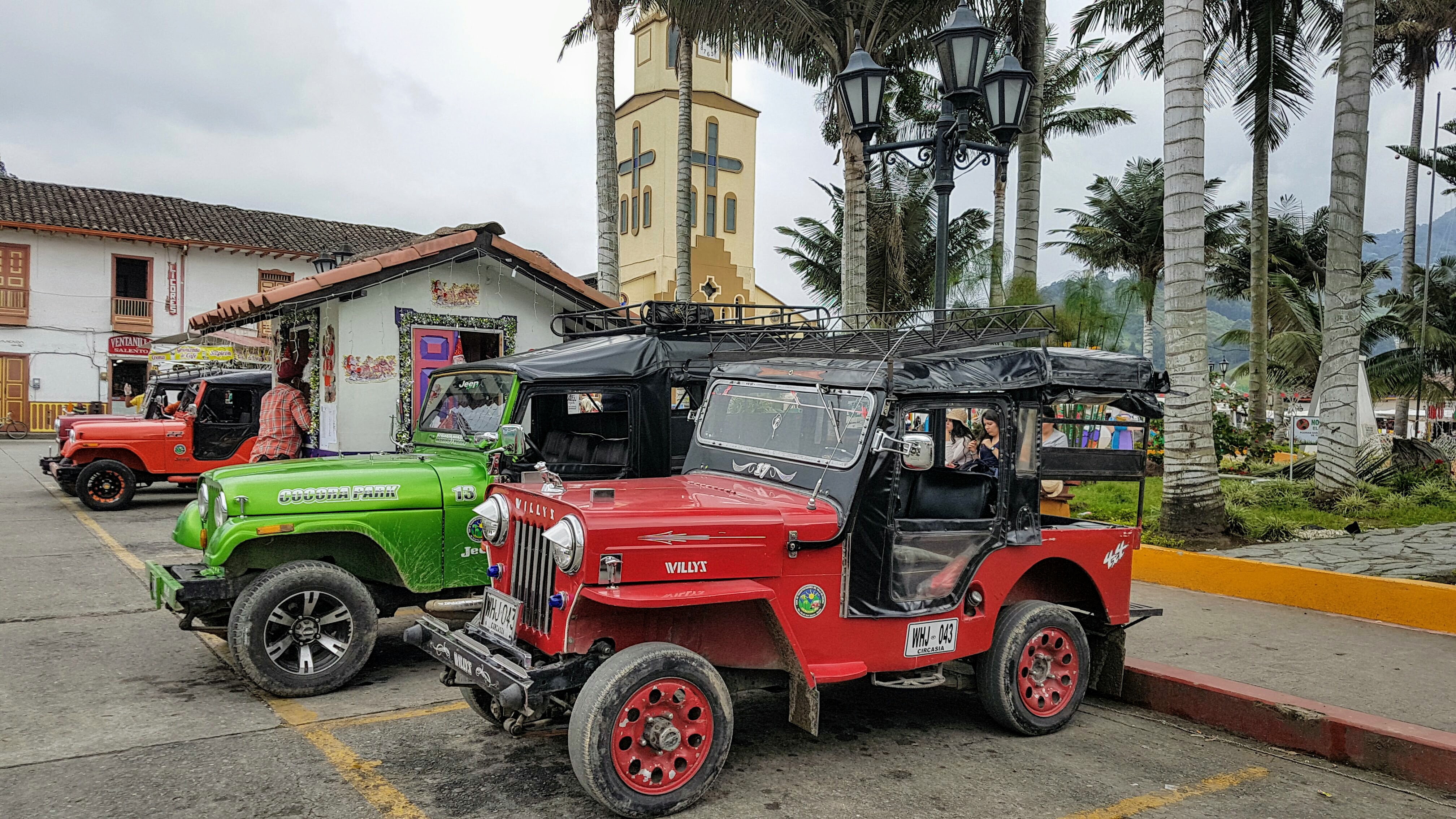
When you arrive at the entrance to the park you can either head straight to see the wax palms (roughly a 15 minutes walk) or if you want to make half a day of it you can do a 2.5 – 3 hour walk which takes you through the valley and ends at the palm trees. The walk is beautiful and not particularly difficult – there are a few river crossings rivers on wobbly rope bridges and it is does get a little hilly at times but otherwise it is a pretty leisurely walk. Our jeep crew turned out to be a friendly bunch and most of our group ended up walking together (and later having lunch together back in town). The majority of the group were foreigners but we did have a lovely Colombian couple from Medellin with us. While the girl was a little shy her boyfriend was very chatty and practised his English with us and we got to practice our Spanish a little and learn more about Colombia.
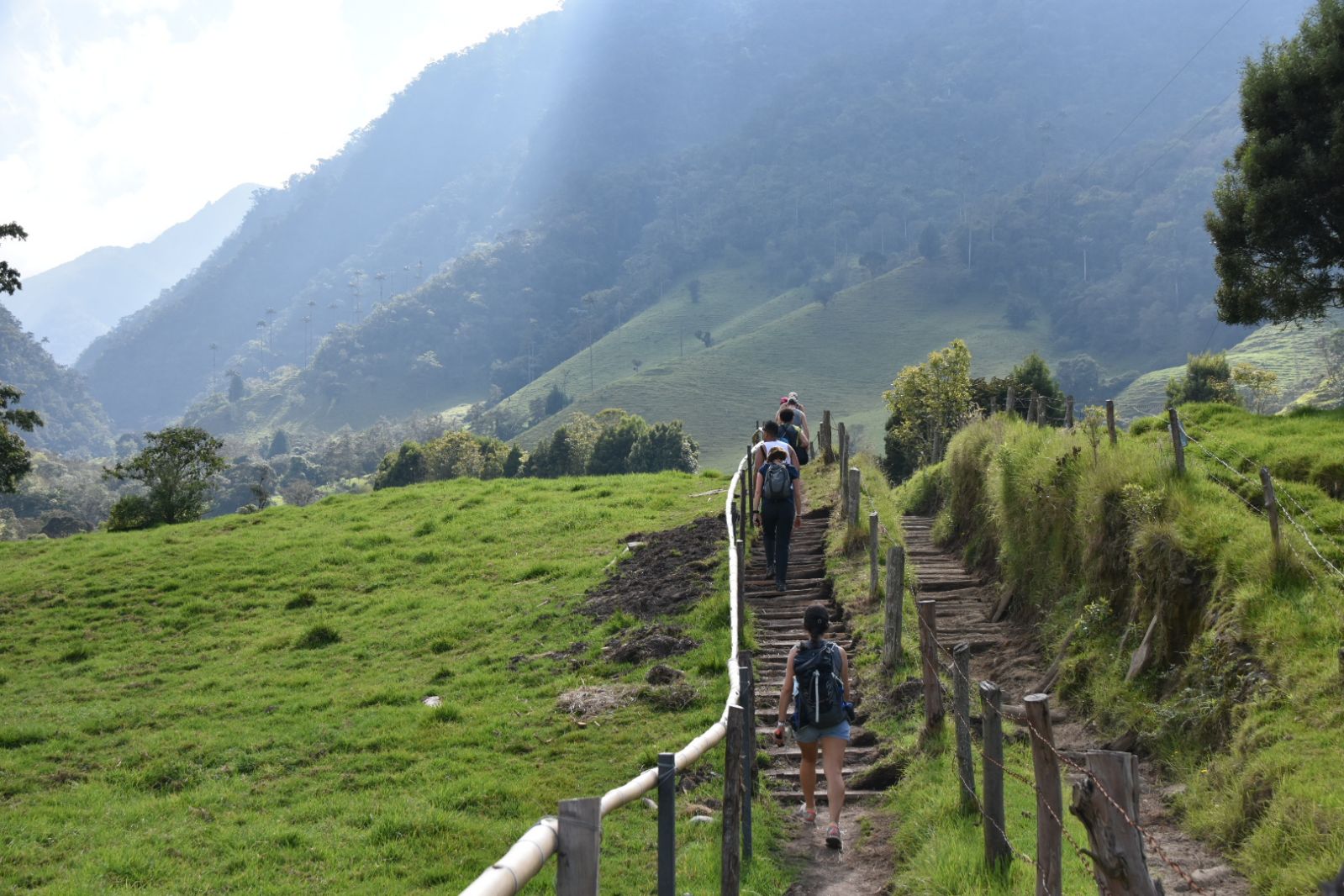
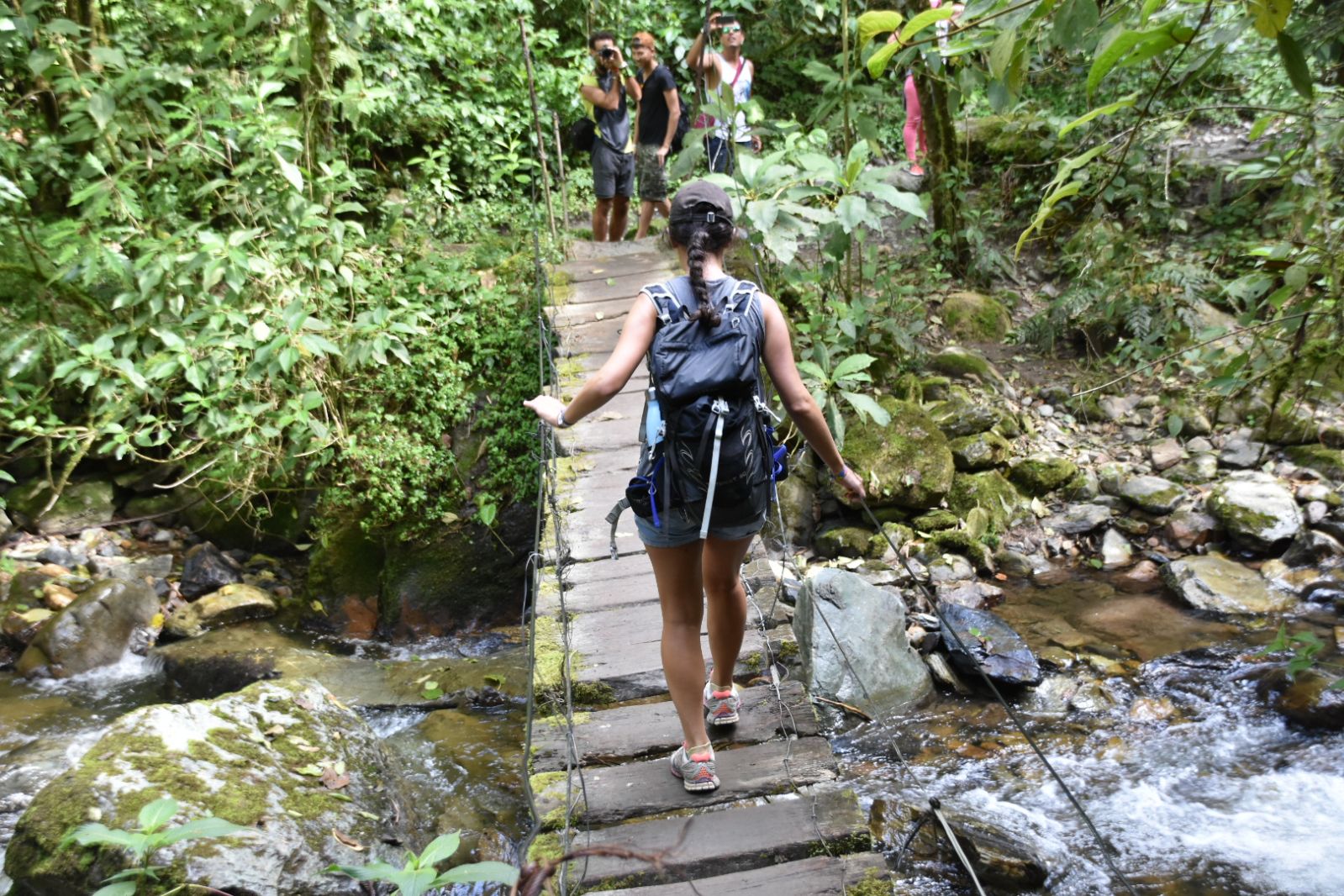
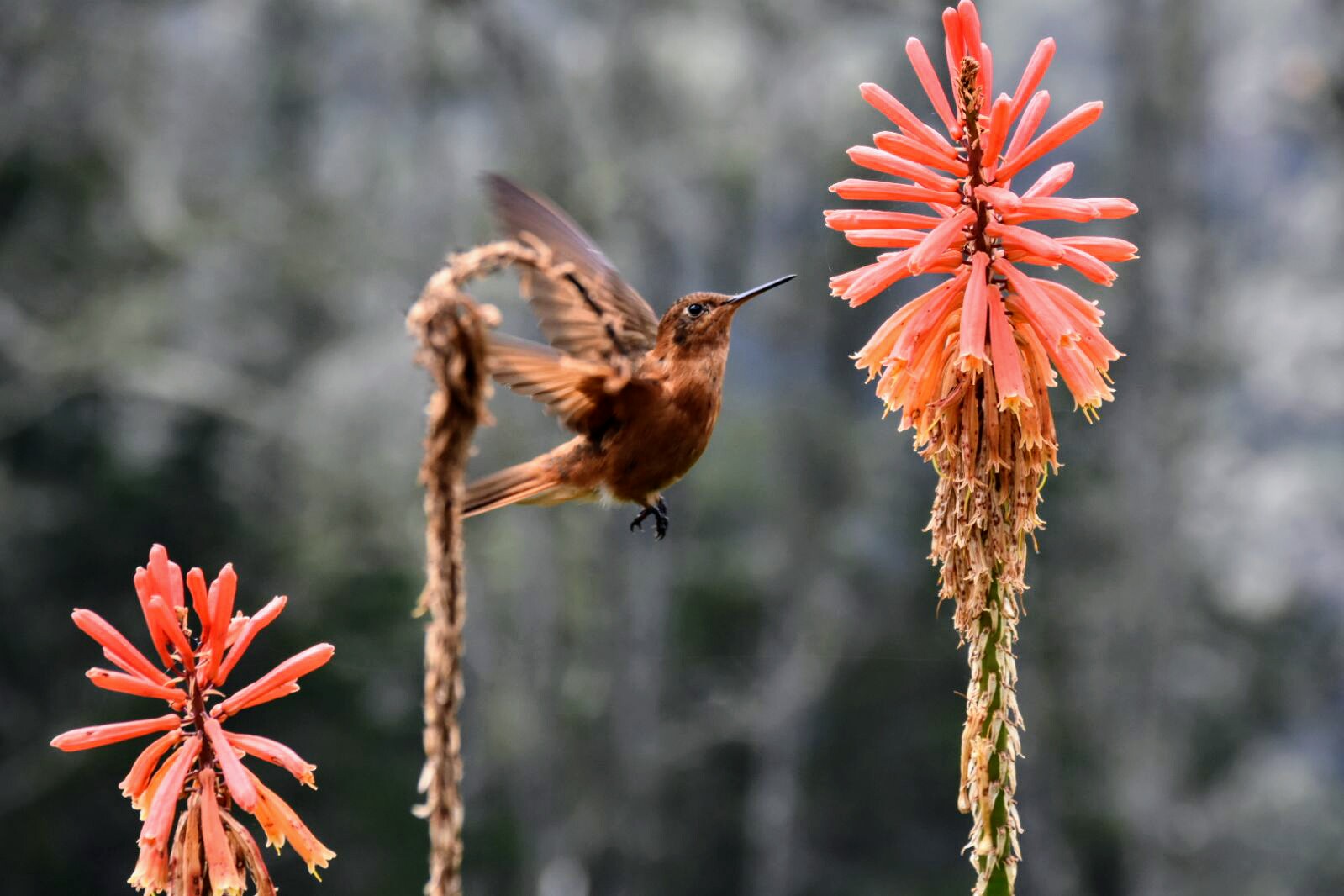
The wax palms were a pretty impressive and unique sight but the view point at the end of our walk was crowded. In hindsight, we probably should have started at the palms and done the walk in reverse as arriving early may have helped to avoid some of the crowds.
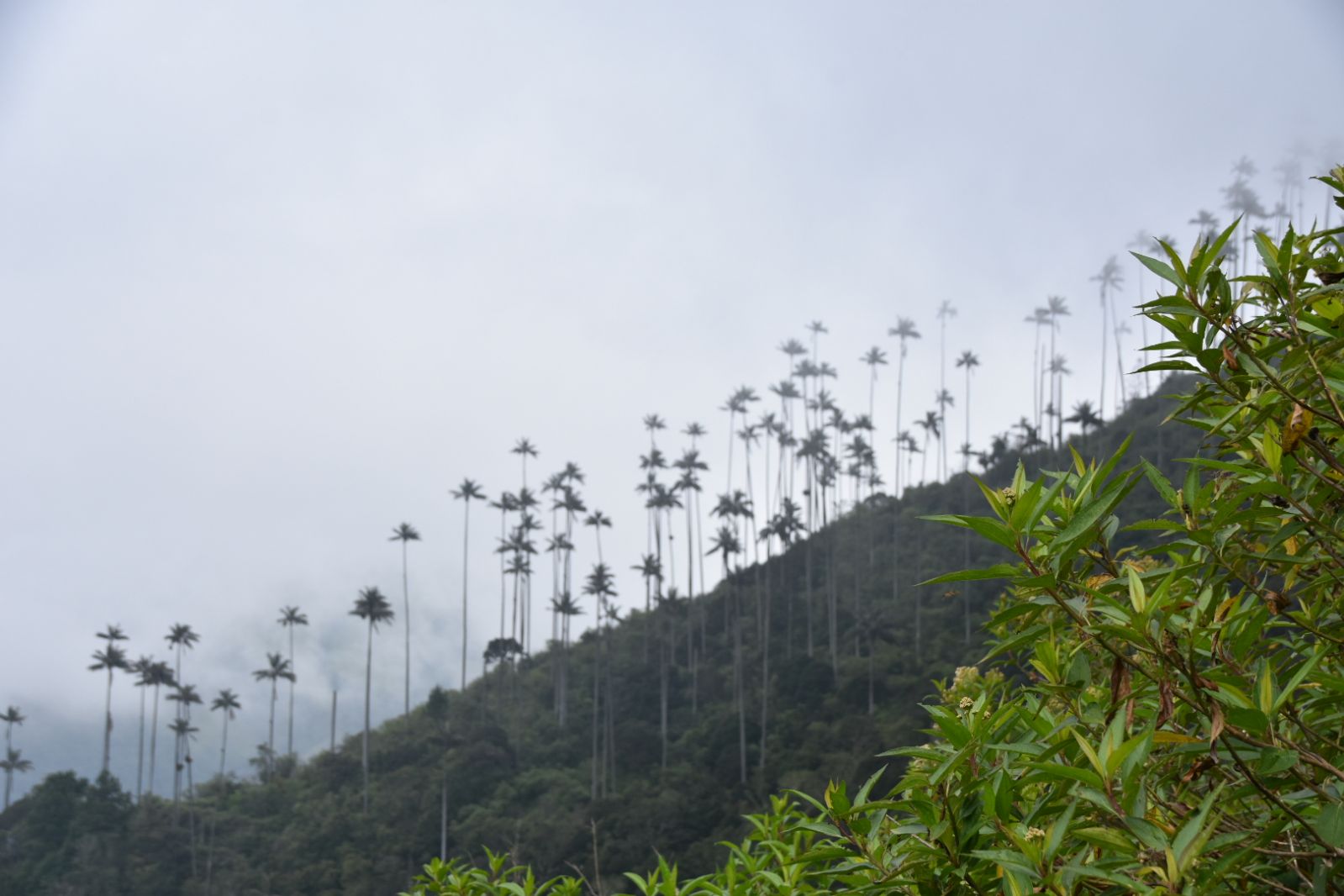
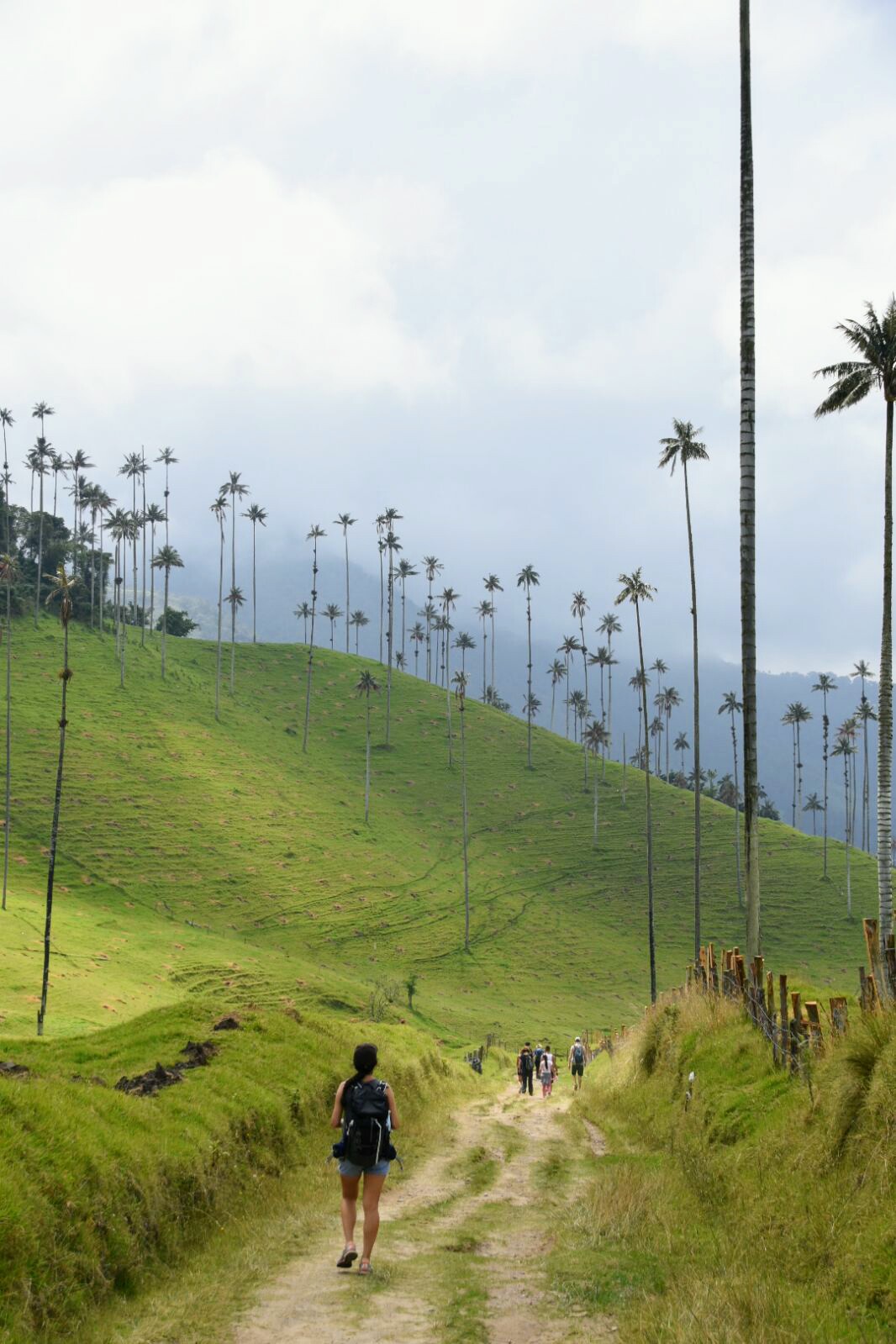
4. Take a tour of Kasaguadua Natural Reserve and Eco Lodge. This is a small area of the Colombian rainforest which has been bought by environmentalists as a conservation project. The owners offer daily morning tours (from memory they start at 9am) through the cloud forest with the aim of teaching you a little bit about the rainforset and its fauna and flora. Our guide, Carlos, who is also one of the founders, was excellent and had a great way of explaining things in layman’s terms. I think we both left the tour with a lot more appreciation for the diversity and complexity of rainforests.
As part of the project, the owners have also built a self-sustainable ecolodge where visitors can stay. The purpose of the lodge is to demonstrate that you can live sustainably with minimal negative on the environment but without having to forego our modern comforts. If you do decide to stay at the lodge there are a couple little rules which you have to abide by which include using the soaps/shampoos provided rather than your own so as not to disturb the levels in bacteria in the water tanks.
The tour is free but you can (and should) leave a donation.
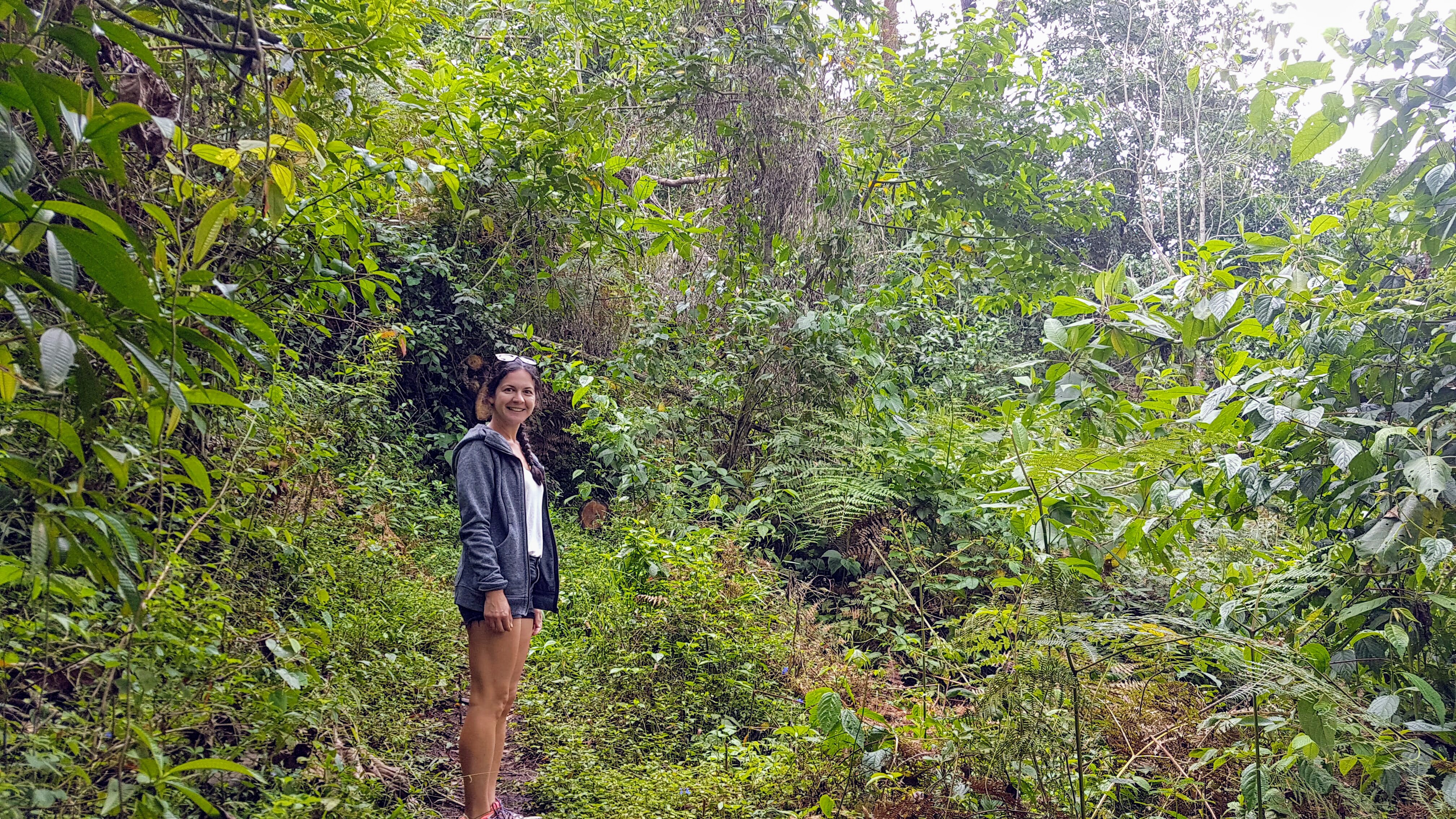
5. Other activities. There are many in the area including horse riding (although we saw a horse in pretty bad shape which turned us off the idea), mountain bike riding, hiking and if all else fails chilling in a hammock.
Where to Eat / Drink
We probably didn’t do justice to the eating and drinking scene in Salento. There are many restaurants in town and a few bars but we only got to check out a small number. Highlights were:
Brunch de Salento – great cafe serving Western food. The portions were huge! The veggie burrito was a favourite of mine as were the famous peanut butter and chocolate brownies.
El Rincon de Lucy – tasty local food. The lunch time menu del dia was amazing value!
Etnia Arte y Sabor – a tiny restaurant serving delicious homemade style food. All the food is cooked by a lovely friendly lady (possibly Etnia?!) and if you can manage to get a seat at the bar you can watch her at work. I was in awe watching her in action – cooking for a whole busy (albeit small) restaurant and she hardly seemed to break a sweat and even chatted with us a bit.
Where to Stay
There are plenty of accommodation options in and around town. We stayed at Yambolombia which is located half way between the town and the coffee fincas. The place is basically a farmhouse come hostel, including stables which have been turned into an outdoor dorm room filled with hammocks. We stayed in the main house and scored a private room with a private bathroom although we originally booked a room with a shared bathroom.
The hostel is in a really beautiful and peaceful spot and had chilled but social vibe. However, there was no WiFi and no meals on offer except (a massive and tasty) breakfast, although there was a kitchen which you could use to prep all your meals. We enjoyed our four nights stay but but if we were to stay longer I would have preferred to mix it up and stay in town.
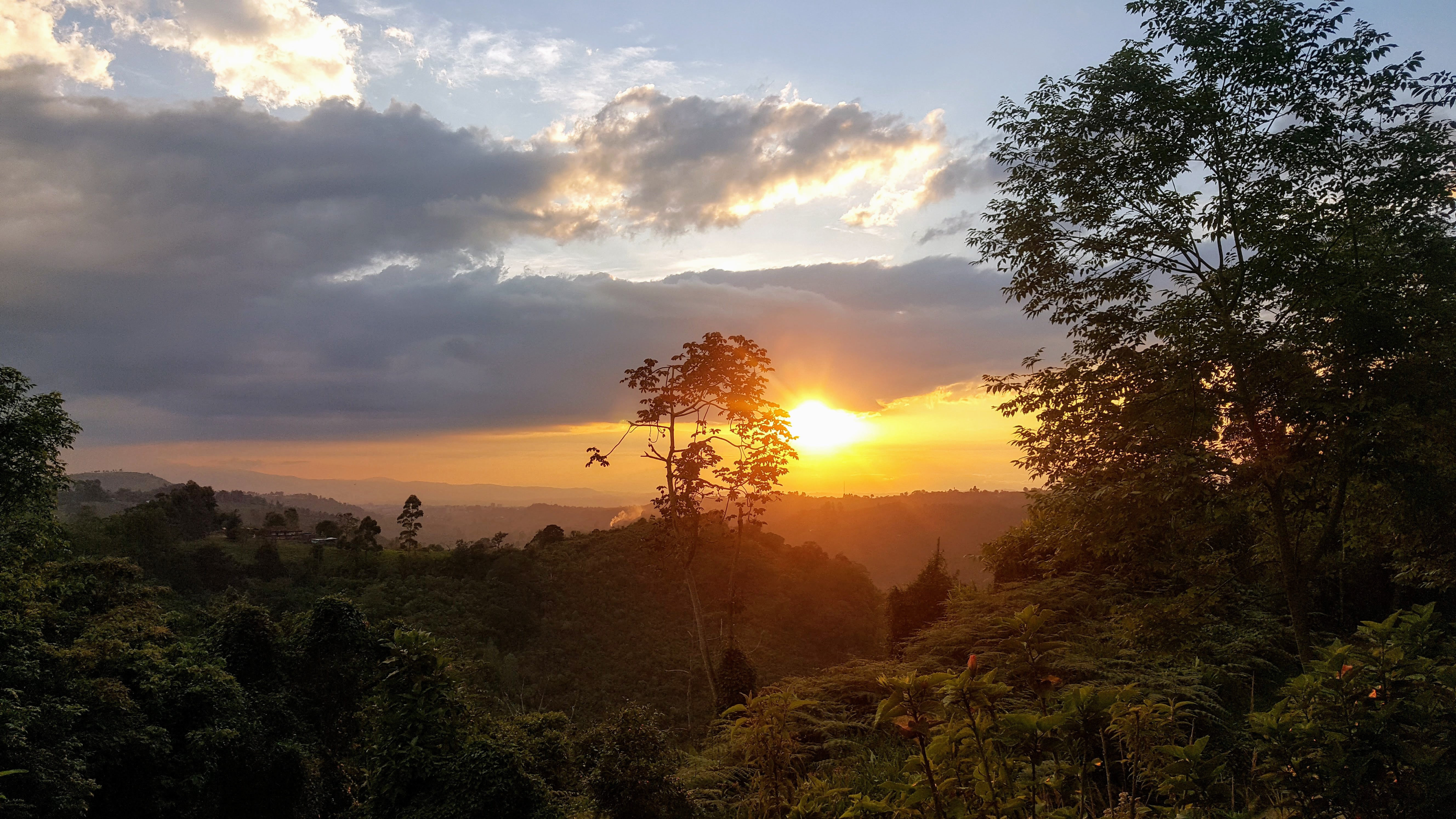
Getting from Jardín to Salento
Getting to Salento from Jardin means a full day of travel and several bus changes. It is a bit of a journey but after reading about in on several blogs/forum we found it quite straightforward.
First you need to get from Salento to Riosucio, our hostel pointed us to the ‘bus area’ and we purchased our tickets the day before. Depending on the day this journey may be by bus or chiva (colourful local buses used it rural Colombia – it reminded me of a truck at the back of which there are several rows of benches). The road between the two towns is basically a dirt path through the hills so the journey is slow. In our case we got the bus from Jardin but halfway through had to change to a chiva as the path was too narrow for the bus and was blocked by mounds of soil. We disembarked off the bus and once we walked past the narrow stretch there was a chiva waiting for us on the other side.
From Riosucio we got a mini-van to Pereira. This was super easy with people directing you to the right van/bus depending on your destination. At Pereira there is a large bus stations and you have to find a ticket booth selling bus tickets to Salento, they will also tell you the bay number to get the bus from.
We were lucky and all the changes worked very smoothly for us and we seemed to have perfect timing with getting all our connections.
